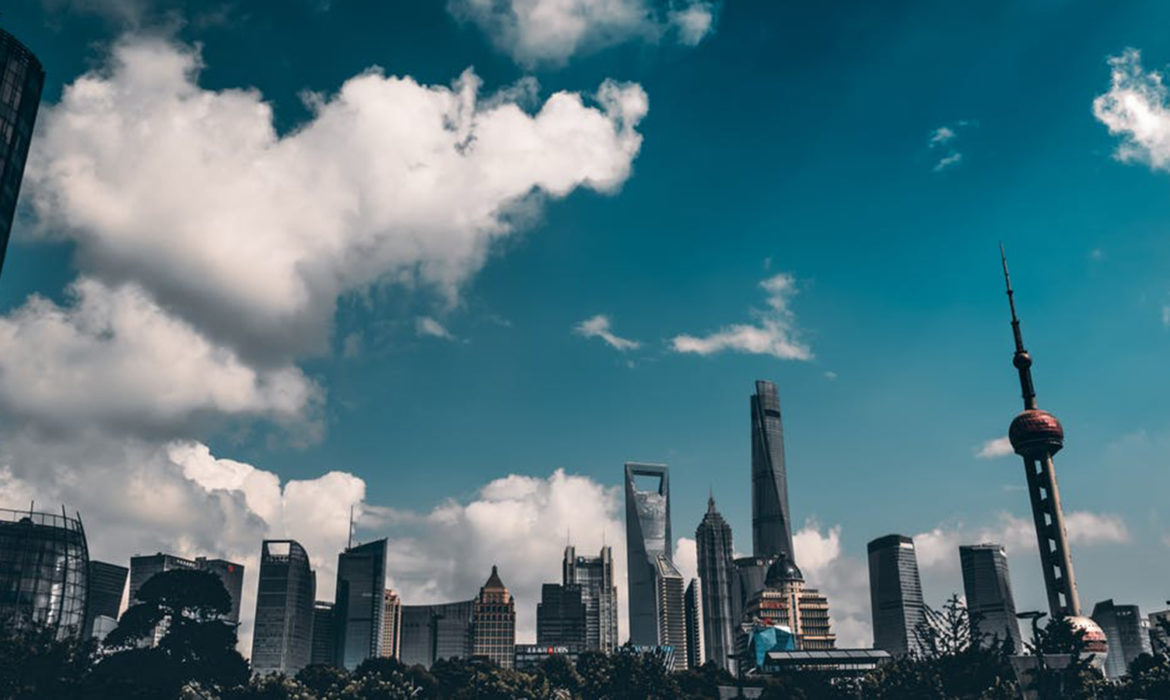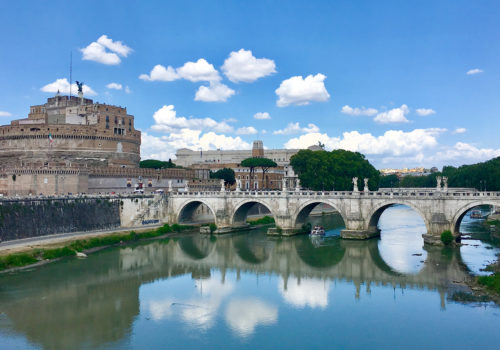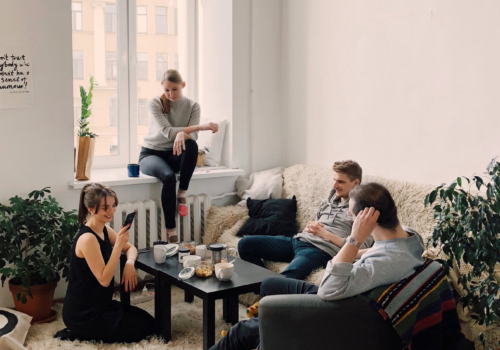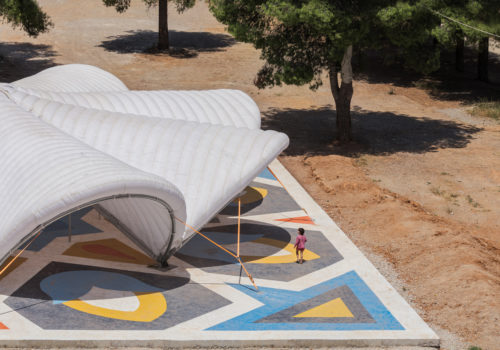A window onto the world, from those who have not yet reached the peak of Covid-19 to those who are testing new forms of normalcy
Pantografo Magazine continues to report on various cities around the world, forced into almost total lockdown as a measure to contain the Covid-19 epidemic. Cities that, as seen in the article published yesterday, relied on very different approaches to implement the social and physical restrictions that the pandemic has forced us to live with.
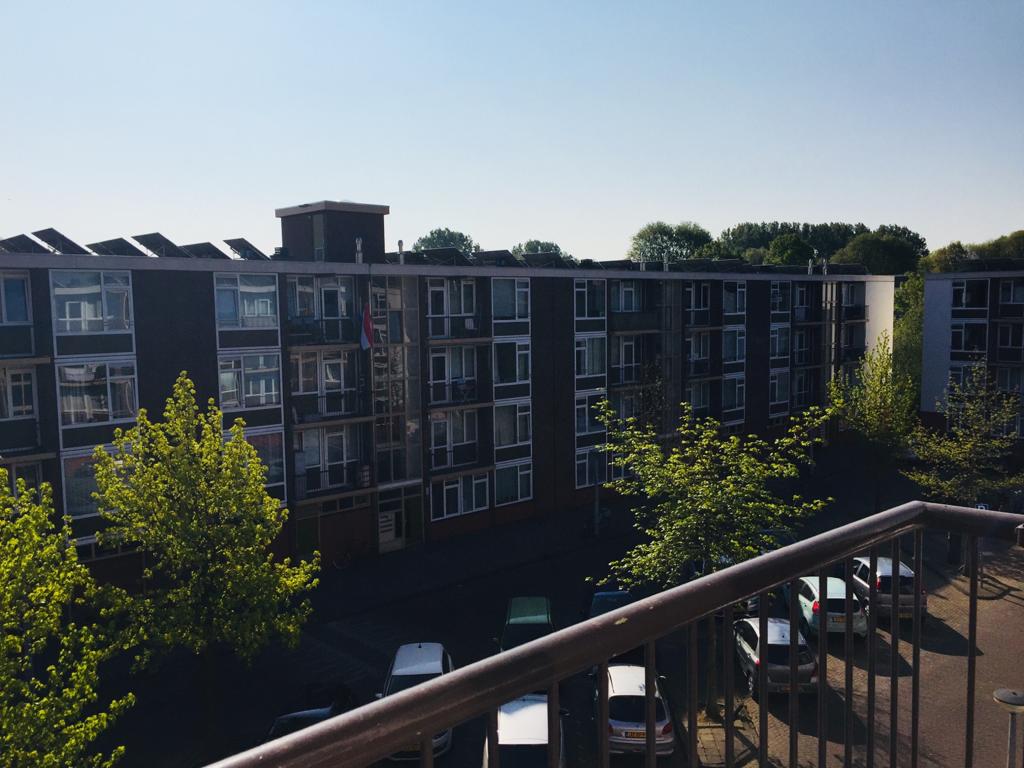
Amsterdam. Foto: Delia Treelove
In this second chapter in our story on Phase 2, the editorial staff of Pantografo has gathered the accounts of Italian and foreign citizens living in Argentina, the Netherlands, China, Singapore, Sweden and the United States. Some of these countries have yet to consider reopening, either because the pandemic has yet to reach its peak (Argentina), or because the number of cases has suddenly soared (Singapore). Some of our contacts have agreed to talk about their experience using a pseudonym, bearing witness to the fact that the Covid-19 epidemic has limited more than just freedom of movement.
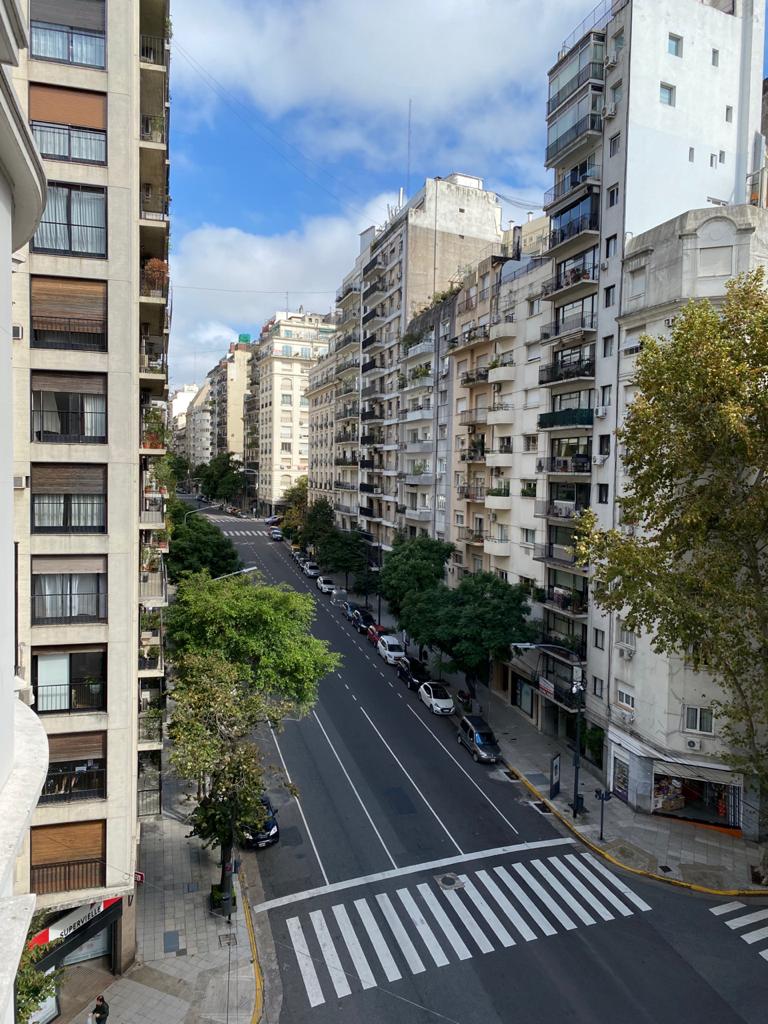
Buenos Aires. Foto: Liliana Canepa
Buenos Aires. The first to speak with us was Esteban Vago, an industrial engineer who lives in the capital of Argentina with his wife Catalina Porras, a psychologist, and their two young daughters. The total number of infections in the country at the moment is 4770, and the number of deaths 246. «The quarantine began here on March 20th, explains Esteban, and at the moment has been extended through May 10th. But they are trying to make the measures more flexible, excluding from the lockdown certain categories of industries so that they may continue their work». As for social distancing, if on the one hand at the end of April the national government led by Alberto Fernandez allowed children to go out for one hour a day but no farther than 500 metres from home, the mayor of Buenos Aires decided to keep the measures of containment in place. «The mayors of other urban centres with over 500,000 inhabitants did the same, he continued. Obviously, the situation of small children at home is becoming increasingly difficult». The schools are closed, international transportation, like that between the different regions, is suspended and will remain so through September. It was possible to close down the borders because Argentina is a federal republic, and consequently the governors of individual regions were able to close their borders with neighbouring “provinces”, depending on local criticalities.
But the state, adds the engineer, has already allocated a subsidy of 10,000 pesos for low-income independent contractors for the month of April, which may be extended through May, and zero-interest loans for people with higher income and with some employees
Esteban Vago
In this regard Esteban explained that «only those who have special permission based on job requirements or need may leave. It is also mandatory to wear a mask to go to the supermarket or pharmacy, under penalty of a fine ranging from 10,000 to 80,000 pesos (between 140 and 1000 euros at the current exchange rate)». The pandemic has therefore dealt yet another serious blow to Argentina’s economy, which was already in what was defined as “technical default”. «But the state, adds the engineer, has already allocated a subsidy of 10,000 pesos for low-income independent contractors for the month of April, which may be extended through May, and zero-interest loans for people with higher income and with some employees». Both Esteban and his wife can work from home: in fact she has begun to follow some of her patients online, but in any case the situation is complicated. But Catalina relies on her professional Instagram account to organize and promote classes and workshops for children, for pregnant mothers and on the education of children in general.

Los Angeles. Foto: Federica Maltese
Los Angeles. Speaking to us from California is Federica Maltese, an Italian from Viterbo with a Ph.D in pharmaceutical sciences who has lived in Los Angeles with her husband, an anesthesiologist, and their two children, for about 10 years. In this case too, as various media sources have reported in recent days, the containment measures adopted in the United States vary greatly from state to state. In California the total number of cases is over 50,000 with more than 2000 deaths. «The lockdown in the state of California was officially imposed on March 19th, says Federica. But for my family it had started a week earlier, when my husband and I decided not to send our children to school and to stay home as much as possible. Emotionally we were very close to Italy, obviously, and since we were both trained in the health sciences, we understood the importance of locking down in time». The measures were applied to every sector, she explained, except essential services. Like Italy, California also demanded that smart-working be adopted whenever possible. «The beaches are closed as are public parks and the hiking trails in the mountains of the County. But people can still leave home to go for a walk, a run or a bicycle ride around their neighbourhood. For a city like Los Angeles, where people travel exclusively by car, this was a big change». Announcing the restrictions to the citizens in March, the governor of California Gavin Newsom said he “wanted to tell citizens the truth» and explained that it was important “to look reality in the face» if we want to flatten the curve of infections.
Federica says that the effects of containment were immediately evident in their neighbourhood.
«In a peaceful residential neighbourhood such as the one we live in, there are people walking and running outside, families with children on bikes, but almost all of them are wearing face masks and social distancing, staying six feet away from people who are not part of the family». As for the images that circulated several days ago on the Italian news showing the overcrowding on the city’s beaches, Federica adds that «starting Sunday April 26th the county next to ours ordered beaches to reopen, and unfortunately many of the inhabitants decided to brave the journey from LA to spend a few hours relaxing in the sun». There are no official dates for reopening, but in recent days traffic seems to have increased in their neighbourhood, which may be a sign that people are beginning to suffer from the imposition of the quarantine.
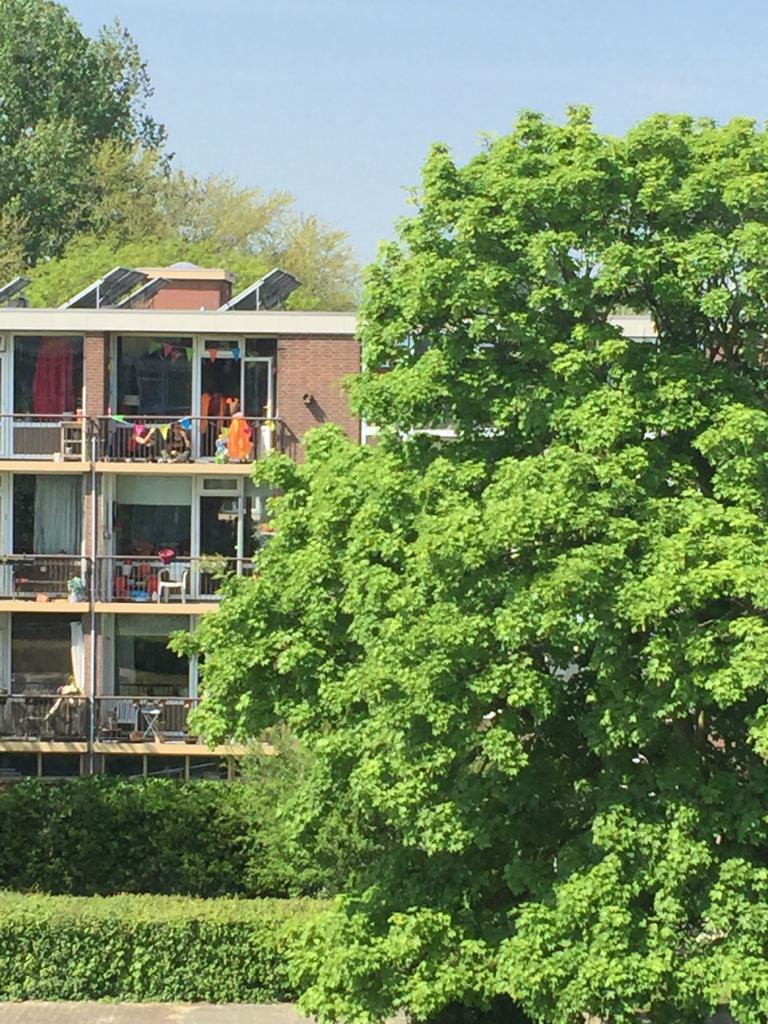
Amsterdam. Foto: Delia Treelove
Amsterdam. . The Netherlands is the European country that, along with Great Britain, provoked the most controversial reaction at the beginning, when the government was considering “herd immunity” as a way to fight the pandemic. But as the number of infections continued to rise, in late March Dutch Prime Minister Mark Rutte was forced to implement measures of containment, though he never ordered a total lockdown. At the moment the country counts about 40,000 cases and 5082 deaths. From Amsterdam, we talk to Delia Treelove (a pseudonym), who teaches in one of the universities of the Dutch capital. «In Holland, the first containment measures were adopted in early March, and only applied to the province of Braband (in the south of the country) where the first cases appeared. They were later extended to the entire country – she explains. All public buildings were closed, including libraries and museums, which in my mind in a way represent the essence of Amsterdam». As far as schools are concerned, she says universities were the first to close their doors and take their classes online, but they did it autonomously. «Later all schools were officially closed. Followed by gyms, and major events». It looks like at least the elementary schools might open on May 11th, though remote learning will continue in part.
Delia also tells us that during the entire period when everything was shut down public transportation continued to run.
«People can still go out, she adds, as long as they keep social distancing. Let’s say that in my neighbourhood, people have followed the rules. But it is a part of the city with a lot of green space, and it’s a generally well-to-do neighbourhood, where residents have the economic means to face the quarantine». But she says, «I believe that during this period, what we have seen most is the rise of many volunteer projects, such as shopping for the elderly – who had a reserved timeslot in supermarkets from 7am to 8 am – and teaching Dutch online to foreigners». A rather positive aspect during a public health emergency.
We now move on to the Far East, where we have received two reports from Shanghai and Singapore. Both our “correspondents” prefer to use a pseudonym.
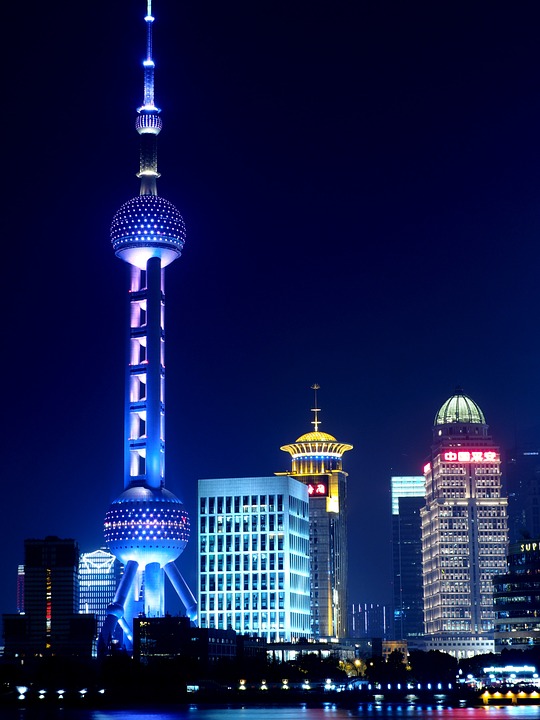
Shanghai
Shanghai. Julia Stanford is a researcher who has lived in Shanghai for years. Following a series of academic experiences, she now teaches at an important university in the Chinese city. Shanghai is located on the East China Sea approximately 800 km east of Wuhan, the epicentre of the epidemic. «I would say that the best thing they did in Shanghai, as soon as the story of Wuhan got out, was to immediately enact strong restriction measures. The borders were closed almost instantly, and neighbourhood committees were established to make sure that anyone who went out or returned home had their body temperature checked», she says. Even restaurants, bars and stores that remained open measured their customers’ temperature – she continued. People had to communicate their position and any symptoms. All public buildings were sanitised». As for Phase 2, Julia says «When they decided to reopen, they did so gradually, with measures limited to either a certain sector, or group of people, and monitoring the arrival of people in the city». The number of cases was always very limited, as was the number of deaths, thanks perhaps to the measures activated quickly by the local government. «They concretely prevented the spread of the virus, despite projections forecasting that Shanghai would be the city with the greatest toll in all of China, because of its significant population density (26 million inhabitants) and one of the highest immigration rates», she specifies.
Today the city is almost back to normal, with activities, parks, public transportation and universities all reopened, «but people are still very cautious and continue to wear masks, she says. There is still fear of a second wave of infections from Wuhan. And travel from abroad remains suspended».
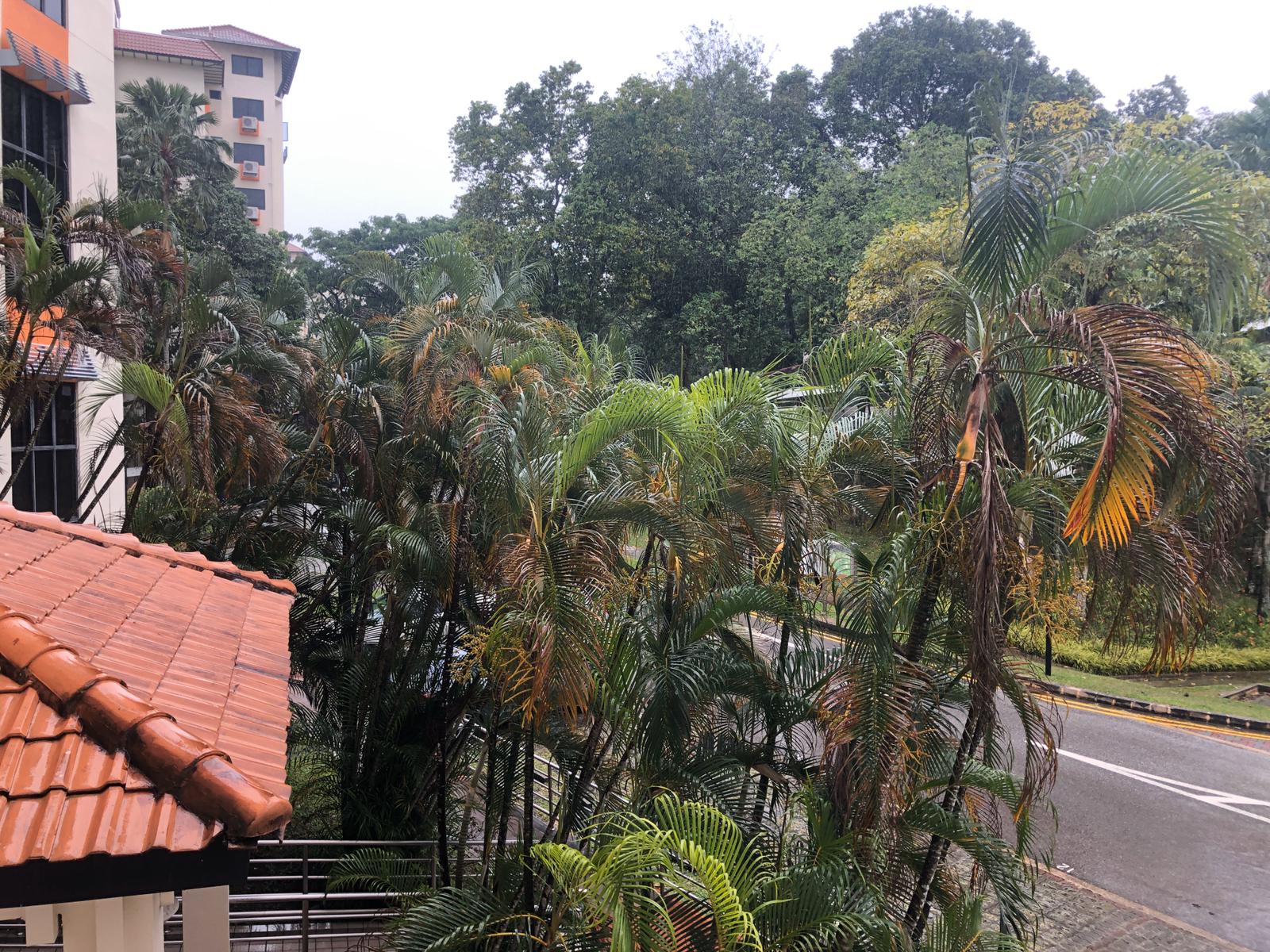
Singapore. Foto: Anne-Marie Kun
Singapore. Contrary to popular opinion, there was never a total lockdown in this Asian city-state before early April. The measures taken by the government of Singapore were initially focused on contact tracing, and only later, when the number of infections began to rise, were all activities closed. Here we talk to Anne-Marie Kun, a teacher and expert in Chinese history, currently isolated in her own home. «Because of the geographical vicinity with China, Singapore implemented restrictions immediately, before anything ever happened. Starting in January, she explained, the approach was based on contact-tracing and isolation». The situation remained under control through the beginning of March, with very few cases, but worsened after the pandemic exploded in Europe and in the United States. At that time, «many residents returned from abroad, and many of them were students who were studying in the United Kingdom. At first, they were isolated at home, then in dedicated structures. However, travel was permitted until the beginning of March». «The more time went on, the more restrictive the measures became, but there wasn’t a real lockdown until a few weeks ago», she continued.
Let’s say that in the service branch, about 15%-20% of businesses are open
Anne-Marie Kun
As for the restaurants that remained open, Anne-Marie says that customers had their body temperature checked at the entrance and social distancing measures between customers were in place. Everyone was also asked to fill out a form detailing their latest travels. «Universities and schools remained open through the end of March, she continues. Bars and other activities were initially allowed to serve take-away. But now they have all chosen to close. Let’s say that in the service branch, about 15%-20% of businesses are open». All new cases registered in Singapore in recent weeks were mostly located in the dormitories of the migrant workers employed in construction, which host about 320,000 people. Nevertheless, only 18 deaths were confirmed in the entire nation, a very low number. And according to the latest news from Singapore, the containment measures will remain in place through June 1st.
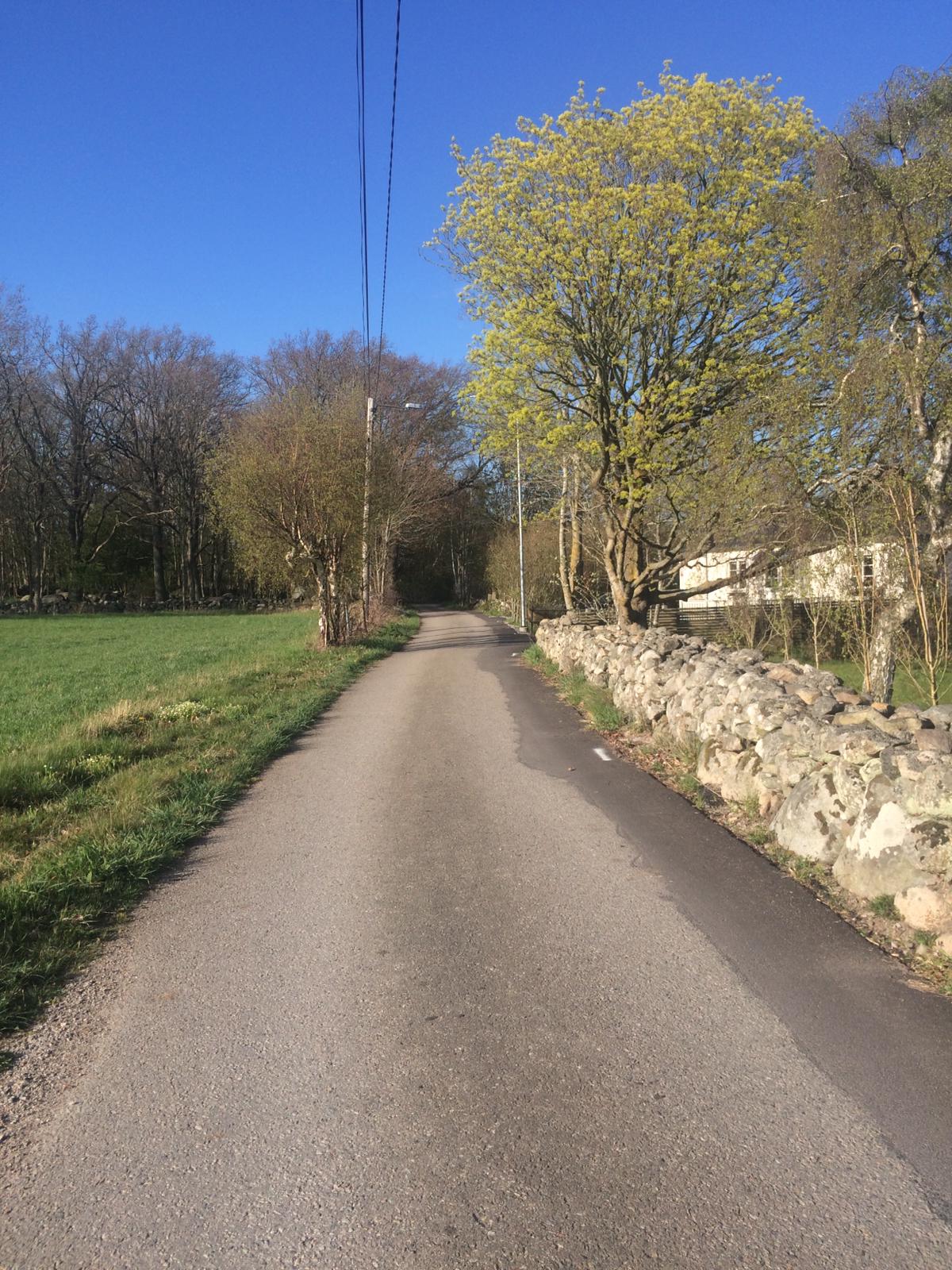
Svezia. Foto: Emma Sjögren
Finally, Sweden, another country in Europe that has adopted a similar approach the one of The Netherlands, with partial restrictions, no active lockdown and a great trust in the public to maintain the rules of social distancing. From the countryside in the south of the country, where they have moved temporarily from the city of Lund, we have spoken with Erik and Emma Sjögren, who both work as university researchers. «The majority of cases are located in Stockholm, they explain, but there are also cases in the Malmö area». «This is because, Erik continues, during the school holidays in February many people from the Stockholm region went skiing in Northern Italy. Apparently, this is how the virus spread in Sweden. The first case was registered on February 22th, and the first death on March 19th». The Swedish “light” approach has been widely reported in the news worldwide, even in Italy, and often in a negative light. But according to Erik the situation is more complex than what it appears to be. «It is not at all a laissez-faire approach, but not even a complete lockdown. That will not even be allowed by the Swedish constitution, he explains. Rather, it is based on the idea of guidance and on the trust the political leadership has in the scientific community. Scientists are the ones that speak at press conferences and explain the containment measures that have been undertaken. There are rules and there are limits. Some businesses have even been shut down because they did not comply with them». A very different picture from what we are used to in Italy, based on a relationship of trust between citizens and institutions. Emma adds that, even if there are indeed people who think that there is a sort of collective hysteria around the Coronavirus epidemic, they still keep their distances when they meet each other on the street. Regarding the situation in schools, «elementary schools and kindergartens are still open, she says, but high school and universities closed on March 18th. They did it following state’s “recommendations”, and even in this case they could not shut down the buildings completely. Libraries, for example, are still functioning». In Sweden, as in other countries, classes have now been moved online. Amongst the “toughest” measures that have been adopted, there is the case of the city of Lund, whose mayor decided to close the local park and botanical garden on April 30th, the night where they would have normally celebrated the Walpurgis Night. As Emma explains, this is a festival that every year attracts thousands of students from all over Sweden, and it would have been a dangerous vehicle for infections.
© ALL RIGHTS RESERVED
translation by Olga Barmine


